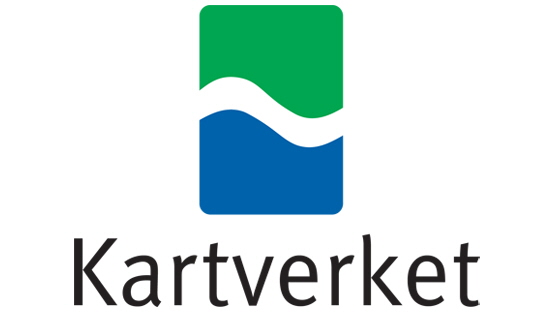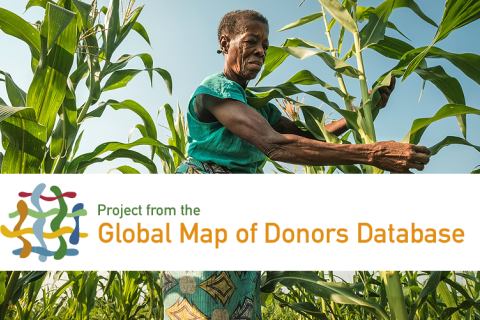Location
P.O.Box 600 Sentrum, 3507 Hønefoss, Norway
The Norwegian Mapping Authority (NMA) is Norway's national mapping agency, dealing with land surveying, geodesy, hydrographic surveying, cadastre and cartography. Its headquarters are in Hønefoss and it is a public agency under the Ministry of Local Government and Modernisation. NMA was founded in 1773.
Source: Wikipedia (consulted d.d. February 18th, 2020)
Members:
Resources
Displaying 11 - 15 of 19Geographic information for development and EU integration
General
Production of LIDAR and orthophotos for preparation of new maps for Montenegro for planning and development domestically and also for participation in the European Union program for data sharing and integration (INSPIRE Directive); establishment of a document management system.
Maps for sustainable land management
General
Orthophotos for areas prone to flooding in Georgia
Securing ownership to land
General
The project consists of three main components: •Establishing of six permanent reference stations for positioning services. These will complete the reference framework for the entire country and provide more accurate positioing. In addition, 30 GPS receivers will be acquired for surveying of property boundaries •Improvement of the IT-system for property registration. Today, this system is spread over several different components. This project will seek to harmonise the components and create one system. •Updating of property maps and register for 20% of the country where maps and register are still not up to date with new private properties
Modernization of spatial data infrastructure to reduce risks and impacts of floods
General
The project’s long term goal is to facilitate water management and reduce flood risks and impacts with increased EC INSPIRE directive compliance of data and data services needed. It will be reached with establishment of vertical component of geodetic reference frame and combined vertical/horizontal geodetic network, improvement of quality of geodetic reference frame and it’s compliance with INSPIRE requirements on coordinate reference system (CRS), with INSPIRE compliance and extension of territorial coverage of topographic data, especially on hydrography and with establishment of INSPIRE network spatial data services to provide necessary data to the processes of flood risk assessment and spatial planning.


